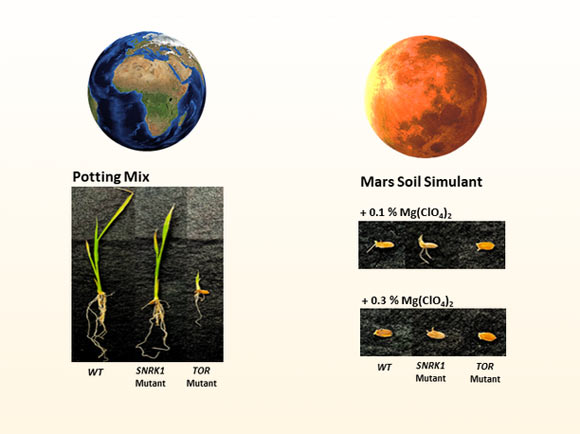Auroral Mechanisms May Be Universal throughout Our Solar System
An analysis of data obtained during the ESA/JAXA BepiColombo spacecraft’s first Mercury flyby reveals that Mercury’s southern magnetosphere aurorae are similar to those seen on Earth and Mars. An artist’s…










